
Actuators Unveiled: What They Are and What They Do
Global electronic component supplier ERSAELECTRONICS: Rich inventory for one-stop shopping. Inquire easily, and receive fast, customized solutions and quotes.
What are Actuators?

In the realm of machines, actuators are the workhorses. They interpret a control signal—typically pneumatic, hydraulic, or electrical—into a force or movement. They are, to put it more simply, the parts that enable machinery and gadgets to function.
What Does an Actuator Do?
- Transforming Signals into Movement: An input signal, such as an electrical current, air pressure, or hydraulic fluid pressure, is received by an actuator. The actuator receives this signal as a form of instruction.
- Generating Force or Motion: Based on the received signal, the actuator generates a specific force or movement. This movement can be linear (think in a straight line) or rotary (circular).
- Controlling Speed and Precision: The control signal permits accurate regulation of the actuator's motion. This implies that the movement's force, direction, and speed can all be precisely adjusted based on the situation.
- Enabling Diverse Actions: Actuators enable a vast array of actions from machines by translating signals into different kinds of movement. Aside from these functions, they can also rotate, lift, push, pull, and clamp.
Video related to Actuators
Why Are Actuators Used?
- Precision: Actuators are perfect for applications needing precision placement because they offer precise control over the force and distance of movement.
- Versatility: Various actuator types ensure a perfect match for a variety of applications by meeting a wide range of force, speed, and stroke length requirements.
- Clean Operation: Compared to hydraulic or pneumatic systems, electric actuators are quieter and require less maintenance.
- Reliability: Actuators of today are designed to endure harsh conditions and provide consistent performance for extended periods of time.
How Does an Actuator Work?
Here's a simplified breakdown of a common electric linear actuator:
- Electric Motor: Electrical energy from a power source is transformed into rotational motion by an electric motor.
- Lead Screw or Ball Screw: The motor's rotating motion is converted into linear movement via the lead screw, also known as the ball screw. A screw that is attached to a motor moves back and forth along its length as a result of the motor's rotation of the screw.
- Gear Reducer: A gear reducer is an optional component used in certain actuators to modify the motor's speed and force output.
- Control Unit: The direction and length of the linear movement are determined by the control unit, which receives electrical impulses and controls the motor's functioning.
Where is the Actuator Located?
The location of an actuator depends entirely on its function. Here are just a few examples:
- Industrial Automation: Actuators play a major role in the accurate placement and control of production lines, robotic arms, and material handling equipment.
- Construction Equipment: Actuators provide the power and control required in construction projects, from moving heavy gear to adjusting excavator arms.
- Transportation: Actuators are used in modern cars to provide smooth and accurate functioning for features like power windows, door locks, seat adjustments, and even brake systems.
- Consumer Products: Actuators are quietly improving our daily lives in a variety of ways, from the adjustable beds we sleep on to the automated reclining functions in our favorite armchairs.
- Medical Devices: Actuators are used in a variety of medical equipment, including wheelchairs and adjustable hospital beds, to improve patient functioning and comfort.
How Long Do Actuators Last?
An actuator's lifespan is contingent upon various elements, such as its type, frequency of use, and environmental circumstances. Actuators in regulated situations with proper maintenance can typically endure for several years.
Why Do Actuators Fail?
Several factors can contribute to actuator failure, including:
- Normal Wear and Tear: Over time, parts such as lead screw threads or motor brushes may deteriorate and stop working altogether.
- Overload: When an actuator's rated force capability is exceeded, internal components may be harmed and an early failure may result.
- Environmental Factors: An actuator's lifespan might be shortened and faults can result from exposure to high or low temperatures, dust, or moisture.
- Electrical Issues: Actuator operation may also be interfered with by electrical surges, loose connections, or malfunctioning control devices.
Can Actuators Be Repaired?
Depending on the design of the actuator and your level of experience, simple repairs like changing out worn-out switches or connectors might be feasible. Nonetheless, replacing the actuator is usually the most sensible and dependable way to address actuator issues.
How to Replace Actuator?
- Identify the Faulty Actuator: Unusual noises, sluggish motion, or a total absence of operation are some signs that an actuator is deteriorating. Finding the exact model you need to replace might be made easier by visiting the manufacturer's website or user manual.
- Safety First: Make sure the actuator's power source is unplugged and turned off before beginning any electrical work.
- Gather Tools: The tools needed will change according to the particular actuator and application. For most tasks, though, a simple toolkit comprising pliers, wrenches, and screwdrivers should be plenty.
- Access the Actuator: The actuator's application will determine where it is located and how easily accessible it is. It may occasionally be necessary to remove panels or disassemble parts to get to the malfunctioning actuator.
- Disconnecting the Old Actuator: Take care to unplug any electrical cables, hoses, or connectors that were attached to the outdated actuator. To guarantee correct reassembly afterward, take notes or photos while doing this step.
- Mounting the New Actuator: Use the same mounting locations as the previous actuator to firmly attach the new one. Verify accurate alignment and firmly tighten all fastening hardware.
- Reconnecting Components: Using your notes or photos as a guide, reattach any electrical cables, hoses, or couplings you previously disconnected.
- Testing the New Actuator: After reassembling everything, cautiously turn back on the system's electricity and check the actuator's functionality. Make sure it functions as intended and glides smoothly in both directions.
Important Considerations for Replacing Actuators:
- Consult the user manual: For detailed instructions and safety precautions about your actuator model, always consult the user manual or manufacturer's instructions.
- Seek professional help: Don't be afraid to ask a competent technician for assistance if you run into problems or have questions about any steps.
Future of Actuators
Actuators are a field that is always changing as a result of developments in materials, technology, and miniaturization, which provide even more effective and versatile possibilities. Keep an eye out for the following trends:
- Smarter Actuators: By combining sensors and microcontrollers, actuators can gather information, modify their behavior in response to current circumstances, and even interact with other components of a networked system.
- More Compact and Powerful Designs: Advances in motor technology and materials science will produce actuators with smaller profiles and greater force capabilities, opening up new application areas.
- Wireless Control: The use of wireless communication protocols will simplify actuator control and integration into complex systems.
Conclusion
In conclusion, Actuators are essential to our modern environment, even though they are frequently concealed from view. These adaptable gadgets are the engine behind innumerable applications, from the intricate machinery in factories to the comfort elements in our homes. You can better appreciate the technology that subtly changes our world by knowing its advantages, uses, and the variables that affect its performance.


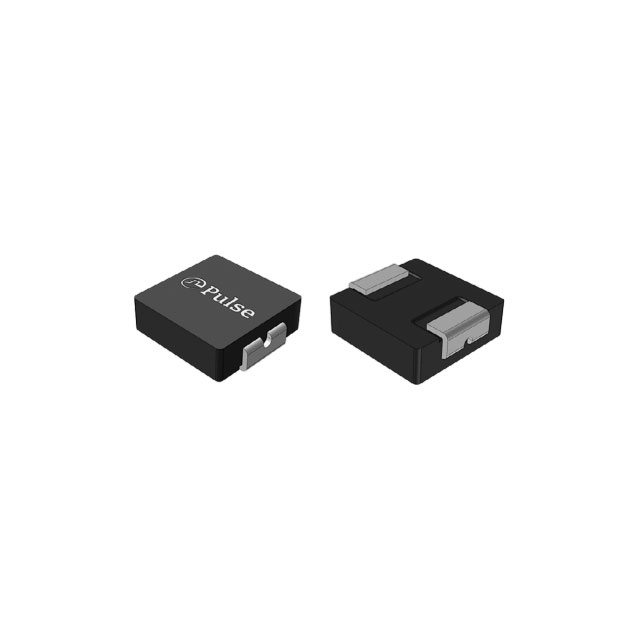

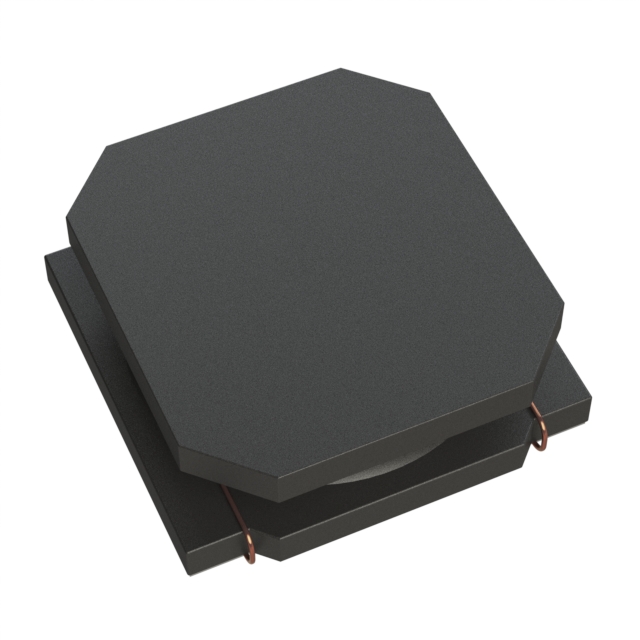
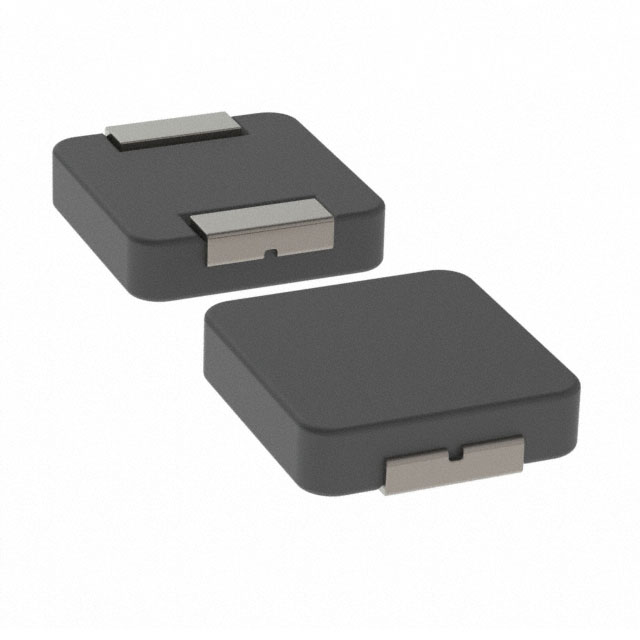

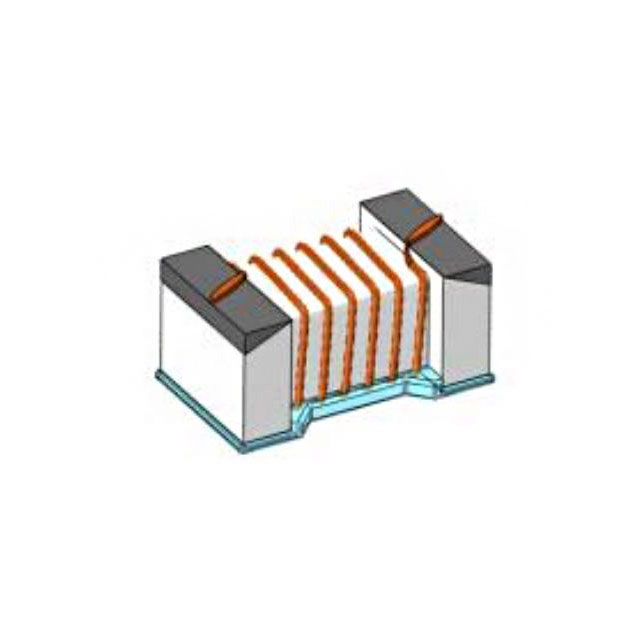

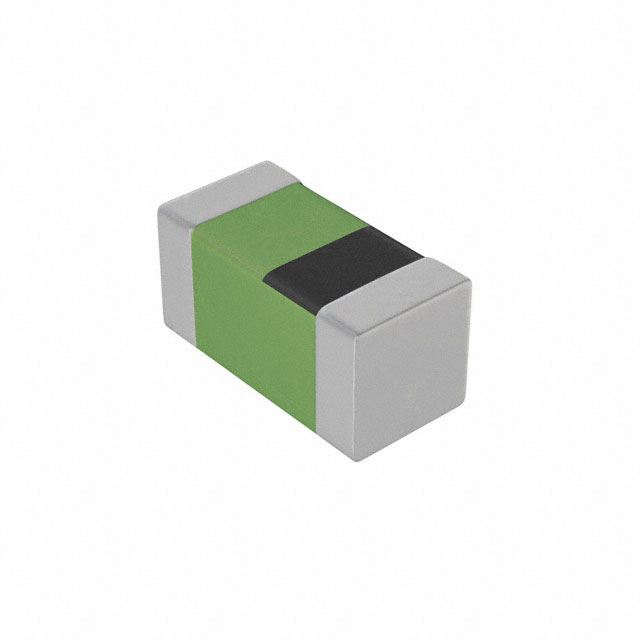
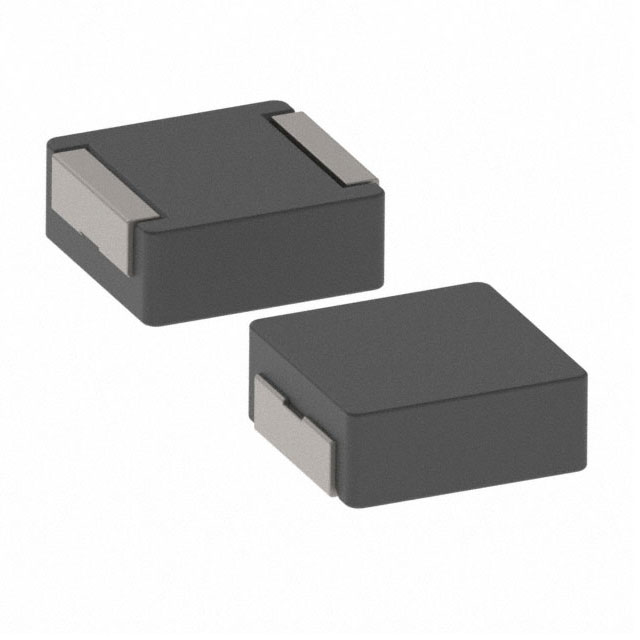







.png?x-oss-process=image/format,webp/resize,h_32)










